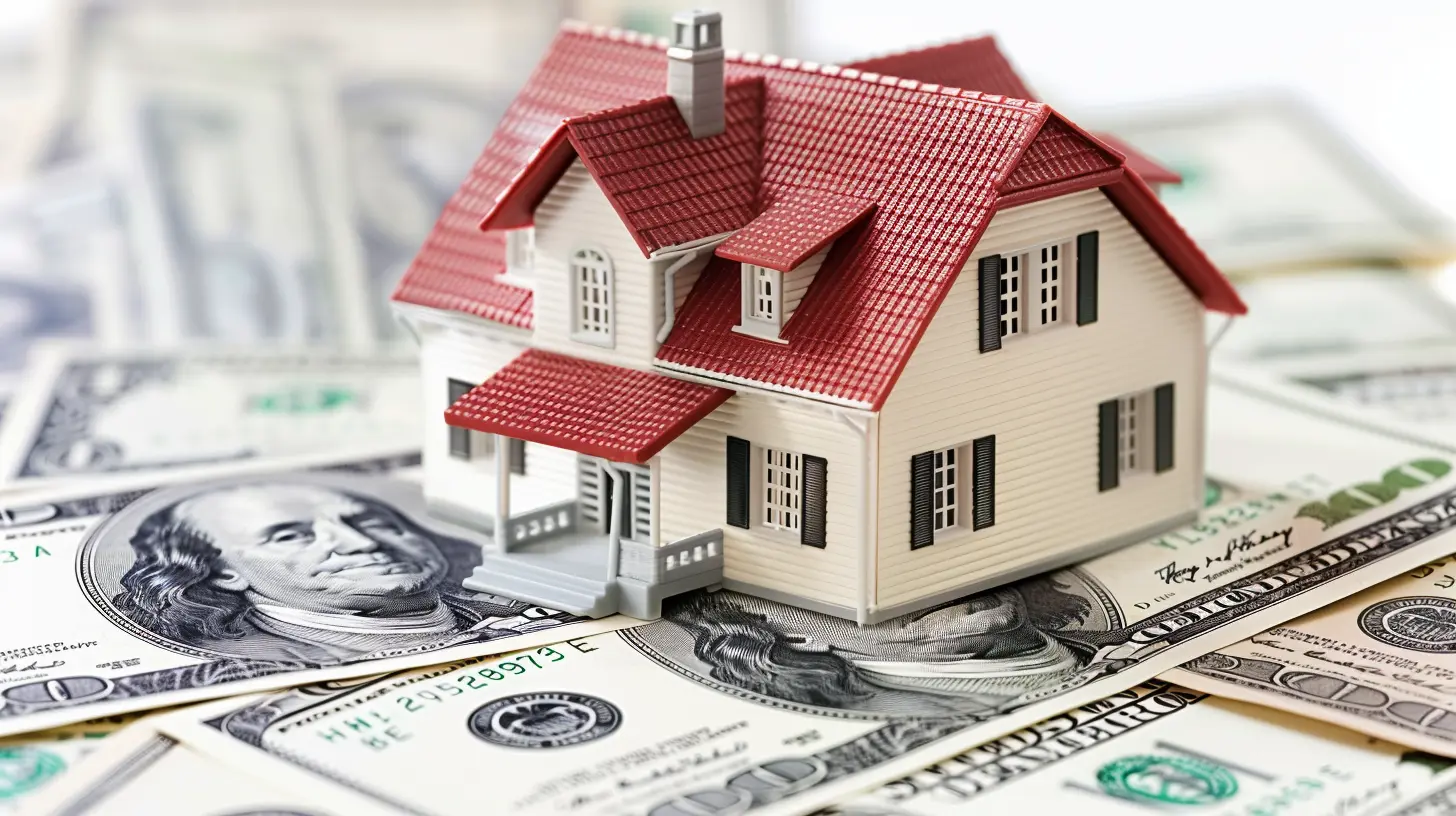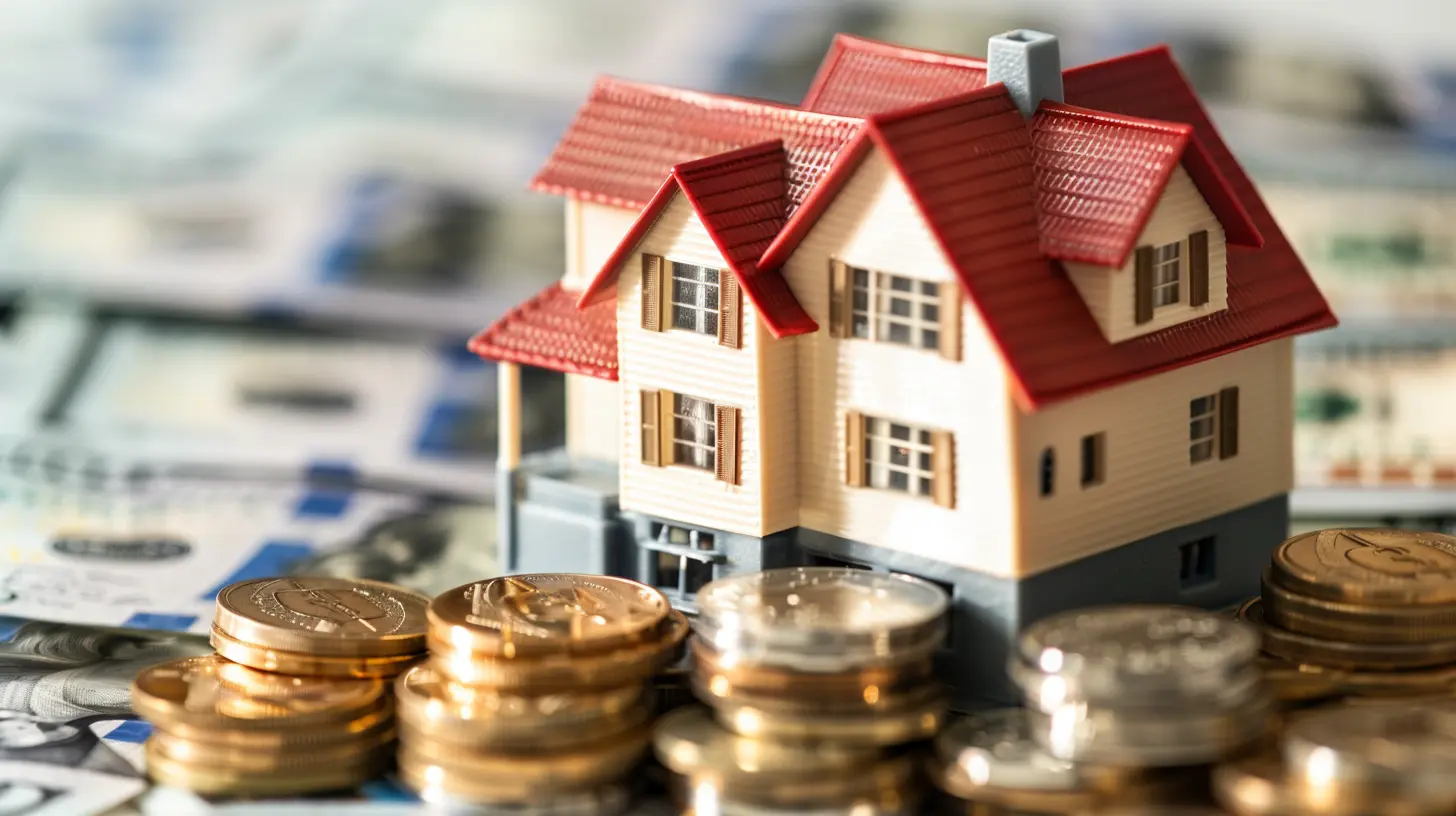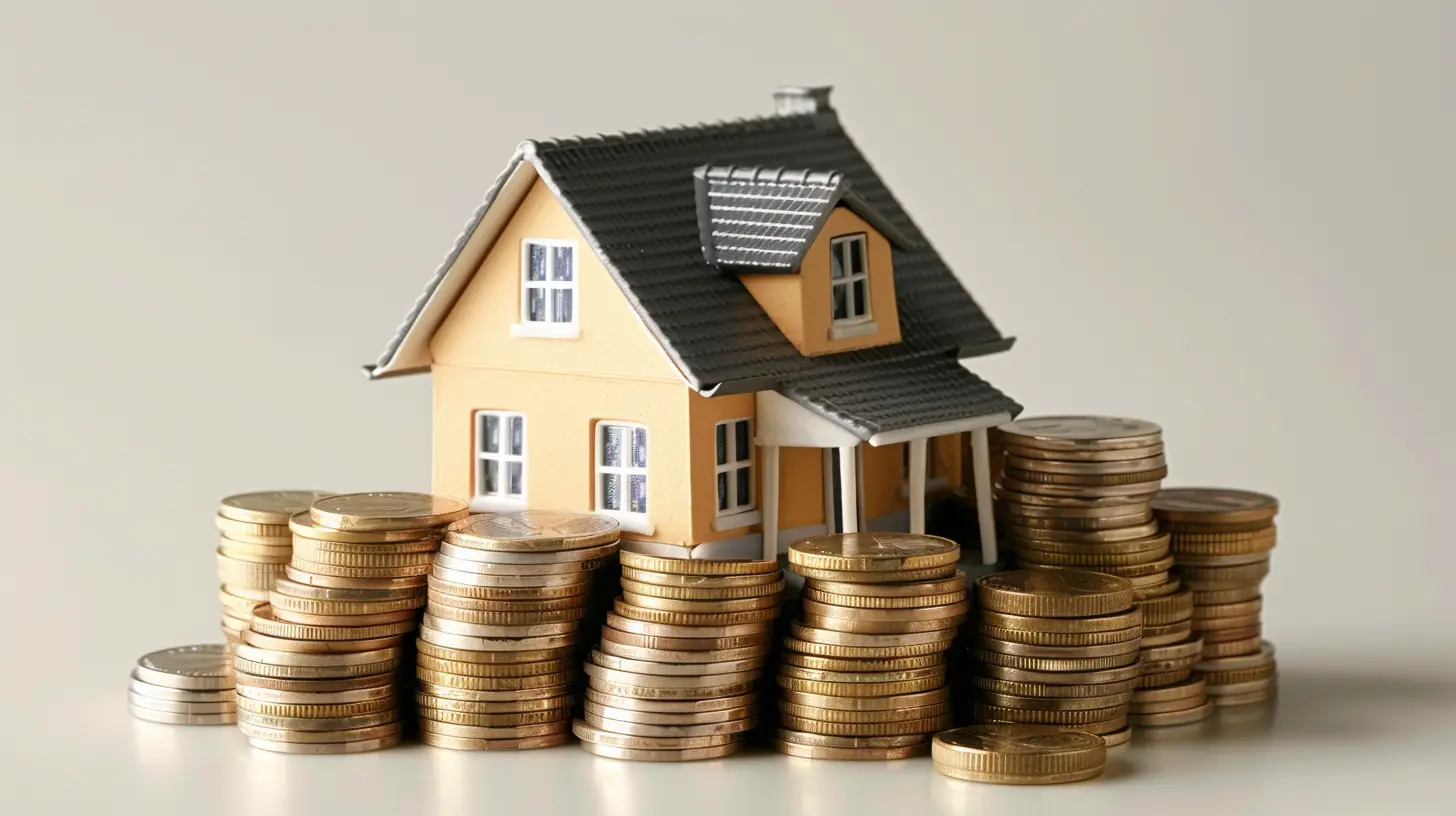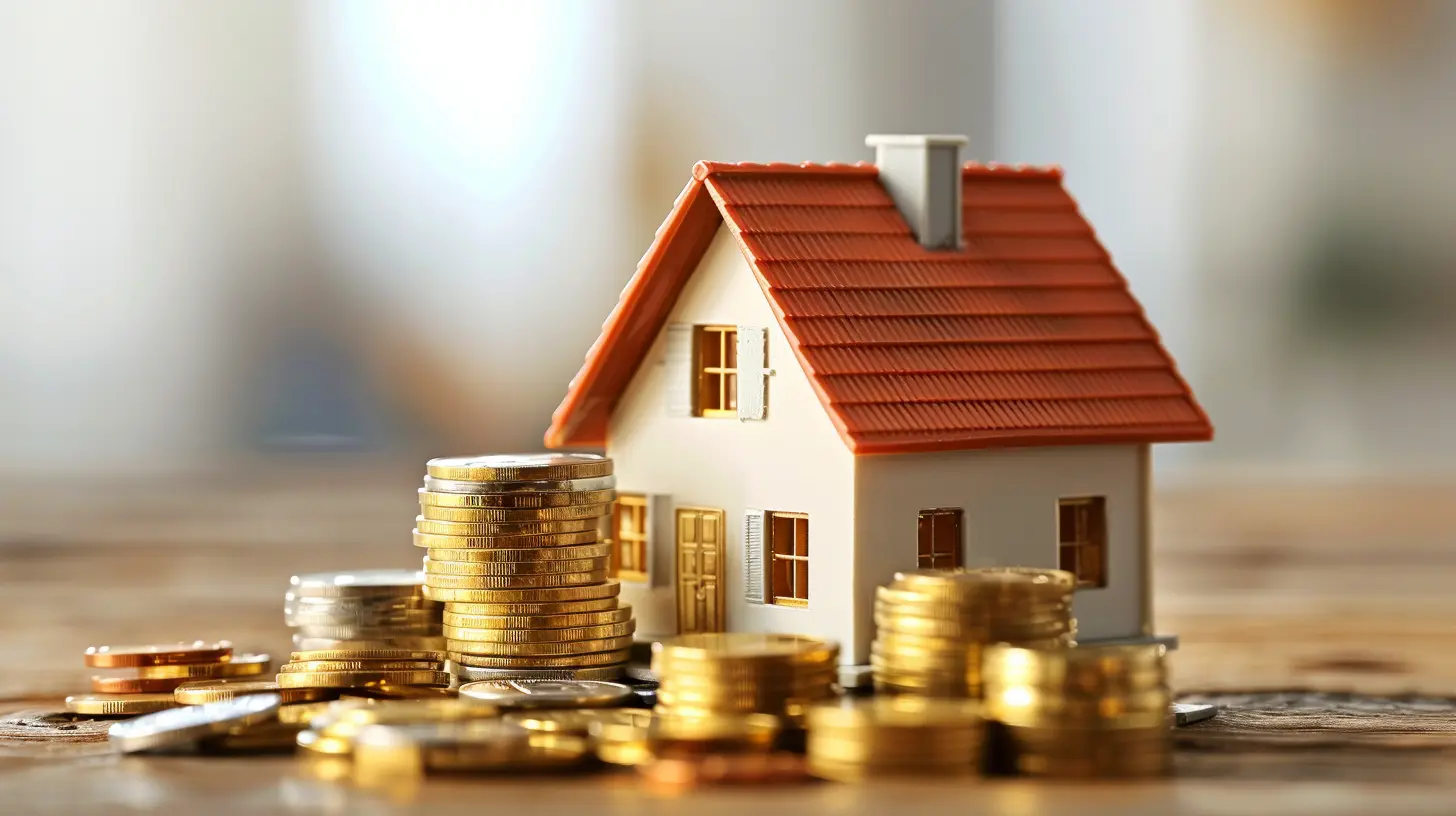Proven Strategies for Pricing Your Home Correctly
6 August 2025
So, you've decided to sell your home — congrats! That’s a big step. But now comes one of the trickiest parts: pricing it correctly. It can feel like walking a tightrope, right? Too high, and your home might sit there collecting dust. Too low, and you’re practically leaving money on the table. That’s where a smart strategy comes into play.
In this article, we’re going to unpack the real-deal, tried-and-tested strategies that help home sellers set the perfect listing price. Whether you're selling for the first time or you’ve done this dance before, these tips will help you better understand the fine art and science of home pricing.
Why Pricing Your Home Right Matters (Like, A Lot)
Let’s start with the basics. Why does price matter so much?Well, picture this: you’re scrolling through homes online. You’ve got a budget. Maybe even a dream list. If a home is priced just right, you feel that jolt of excitement. But if it’s priced out of whack? You keep scrolling, right?
Buyers do the same thing. Price is the magnet that pulls them in—or pushes them away.
An overpriced home can sit on the market for weeks, even months. And guess what happens then? People start wondering what’s wrong with it. Eventually, you might have to drop the price anyway—sometimes more than once.
On the flip side, underpricing can bring quick interest, even create a bidding war. But it also runs the risk of you walking away with less than your home is worth.
The sweet spot? That’s what we’re aiming for.
Let’s Talk Numbers: How to Find the Sweet Spot
1. Start with a Comparative Market Analysis (CMA)
This is your anchor. A Comparative Market Analysis (CMA) pulls data from recent sales of homes that are similar to yours—in size, location, condition, and features.Think of it like checking out comps when shopping for a car. Same deal.
Your real estate agent should provide you with a full CMA, but you can also do some light digging yourself on platforms like Zillow, Redfin, or Realtor.com. Look at:
- Similar square footage
- Number of bedrooms/bathrooms
- Lot size
- Year built
- Location (same neighborhood or school district)
Keep in mind, CMAs reflect past sales. The current market might be changing. So while CMAs are helpful, they’re just one piece of the puzzle.
2. Check Out the Competition
It’s not just about what’s sold. It’s about what’s currently for sale.Buyers won’t just compare your home to what closed last month. They’ll compare it to what else they can get right now. So take a good look at your competition.
If your home is $20,000 more than a nearly identical one down the street? You’ll need to justify that—either through better features or timing.
Alternatively, if everyone else is listing way too high and sitting stagnant, pricing your home fairly could make it the standout in the market.
3. Understand Current Market Conditions
You’ve probably heard terms like “buyer’s market” or “seller’s market.” These matter.- In a buyer’s market, there are more homes for sale than people to buy them. That means buyers have the upper hand.
- In a seller’s market, there are fewer homes, and they may sell fast. In this case, you might be able to command a higher price.
Pay attention to your local area. National headlines are helpful, but real estate is hyperlocal. What’s happening in your neighborhood carries more weight than what’s happening in a city across the country.
Psychology Plays a Role Too (More Than You Think)
4. Use Strategic Pricing Tactics
Have you ever noticed how something priced at $299 feels way cheaper than $300?That’s no accident. It’s called psychological pricing, and it works in real estate too.
Instead of listing your home at $400,000, think about $399,900. It sounds more affordable—and fits into buyer search filters more easily.
That small tweak can make a big difference in how many eyeballs land on your listing.
5. Avoid Pricing Based on Emotion
This one’s hard. You’ve made memories in your home. It’s where you raised your kids, hosted holidays, installed the floors with your own two hands. It means something to you.But buyers don’t share those memories. They just see a house. Plain and simple.
So when setting your price, try to detach emotionally. Easier said than done, we know. But crucial if you want to sell quickly and at the best possible price.
The Power of Agent Expertise
6. Listen to Your Real Estate Agent
Your agent isn’t just there to post your home online and hold open houses. A seasoned agent knows your local market inside and out. They’ve seen what sells, what doesn’t, and what your unique home could realistically command.It may be tempting to push for a higher number “just to see if anyone bites,” but trust your agent’s pricing advice—it’s based on data, trends, and years of experience.
7. Adjust Quickly If Needed
Even if you start with a well-researched price, things can change. Maybe buyers aren’t biting. Maybe new listings pop up that affect your position.Be ready to pivot.
The best time to capture interest is in the first two to three weeks. If traffic is slow, that’s your sign. Don’t let your home become stale. Adjust the price quickly and strategically to regain momentum.
Other Sneaky Factors That Affect Price
8. Timing Is Everything
Believe it or not, the time of year you list can influence your price potential.- Spring and early summer? Often the hottest seasons for sellers. Families want to move before the new school year.
- Winter months? Typically slower. That doesn’t mean you can’t sell, but you may need to price more competitively.
Work with your agent to find the right window for your specific market.
9. Presentation Matters
Would you pay full price for something that looks worn out?Same goes for homes. If your home is cluttered, dated, or poorly cleaned, it won’t hit buyers the same way—even if it’s priced right.
Before listing, deep clean, declutter, and maybe even stage your space. A well-presented home can support a higher asking price and faster sale.
10. Upgrades and Improvements (But Only the Right Ones)
Not every renovation pays off in spades. Some do, some don’t.A finished basement or updated kitchen can boost your value. A luxury wine cellar or koi pond? Maybe not so much.
Before spending big on upgrades, talk to your agent. Focus on improvements that offer a strong return and appeal to most buyers in your price range.
Real Talk: Pricing Pitfalls to Avoid
Let’s run through some common pricing mistakes and how to dodge them:- Overpricing to “leave room to negotiate”: This can backfire and scare off buyers from the start.
- Setting the price based on your mortgage: Buyers don’t care what you owe.
- Ignoring online search brackets: Price your home too far above a common search threshold, and fewer buyers will even see it.
- Being too rigid: The market is constantly shifting. Flexibility is your best friend.
The Bottom Line: Pricing Isn’t Guesswork—It’s Strategy
Pricing your home correctly isn't just about luck or gut feeling. It's about understanding the market, knowing your competition, and tuning into buyer psychology. With the right strategy, you can price your home in a way that attracts attention, encourages offers, and helps you close fast—and at the right number.Remember, your listing price is like a first impression. Make it count.
So, if you’re serious about selling, take your pricing strategy just as seriously. Work with a knowledgeable agent, stay flexible, and think like a buyer. Because in the end, pricing your home right is one of the most powerful tools you have in your selling toolkit.
all images in this post were generated using AI tools
Category:
Home Selling TipsAuthor:

Cynthia Wilkins
Discussion
rate this article
1 comments
Hawk McDonald
Price it right, reap the rewards!
August 17, 2025 at 12:33 PM

Cynthia Wilkins
Absolutely! Pricing your home correctly is crucial for attracting buyers and maximizing your return.


